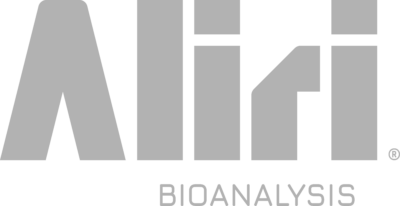A Derivatization-free LCMS Assay for 4β-hydroxycholesterol
In clinical studies, 4β-hydroxycholesterol is an important biomarker for assessing the activity of CYP3A. Numerous quantitative methods have been reported for analyzing the total amount of 4β-hydroxycholesterol (free and conjugated) after saponification and derivatization. Derivatization is often required to achieve clinically relevant assay sensitivity when utilizing LCMS for detection, but this additional step can be complex and time-consuming.
Download our poster to learn more.
LC/MS Method for the Measurement of Ornithine Carbamoyl transferase Enzymatic Activity Levels in Human Plasma
Aliri Bioanalysis scientists at our Colorado Springs lab recently developed and validated an enzyme activity assay for ornithine transcarbamylase (OTC) in human plasma by taking advantage of mass spectrometry’s unique mass-resolving power. This work used human plasma in lieu of tissue biopsies for activity assessments and suggested that OTC activity in plasma could be used as a pharmacodynamic endpoint for OTC Deficiency treatment.
Download our poster to learn more.
Phenyl SPE: A Promising Alternative to More Common Oligonucleotide Extraction
Chemical modifications made to oligonucleotides can assist in absorption, distribution, and metabolism. While many oligonucleotide-based drugs share similarities in extraction and ionization techniques, the properties of the matrix itself are often overlooked. The extraction of a variety of oligonucleotides using a standard Clarity OTX solid phase extraction plate has been more commonplace in bioanalytical laboratories. These plates have been shown to isolate RNA and DNA-based therapeutics from biological fluids and tissues in a short period of time with high recovery percentages and standard extraction buffers. Here we show an alternate extraction method for a novel antisense oligonucleotide (ASO) in spinal cord and brain tissues.
Originally, acceptable and reproducible results were obtained by using a Clarity OTX SPE plate with non-human primate cerebral spinal fluid and brain tissue homogenate. The extraction was modified in mouse brain tissue to a liquid-liquid method involving phenol-chloroform. Further optimization in spinal cord tissue, however, required a more robust method using a phenyl solid-phase extraction (SPE) plate, triethylammonium acetate buffer (TEAA), and a protein precipitation filter plate.
Combining in Vivo Metabolism and Whole-Body Biodistribution for Comprehensive Insight into ERAP2 Inhibitor Pharmacokinetic
Explore our innovative research combining in vivo metabolism and whole-body biodistribution to gain comprehensive insights into the pharmacokinetics of an ERAP2 inhibitor. By comparing traditional liquid assays with advanced mass spectrometry imaging, we reveal the stability and biodistribution of the compound.
Download our poster to learn more.
Identification and Quantitation of Low-Level Dendrimer (10183 Da) in Rat Plasma Using HRAM-Mass Spectrometry
Discover our breakthrough method for identifying and quantifying low-level dendrimer (10183 Da) in rat plasma using HRAM-mass spectrometry. Dendrimers play a crucial therapeutic role, but their high molecular weight makes low-concentration detection challenging. Our research presents a reliable method to quantify these macromolecules.
Download our poster to learn more.
Antisense Oligonucleotide Extraction Optimization Reveals Significant Differences Between Non-Human Primate Spinal Cord, Mouse Spinal Cord, and Mouse Brain Tissue Homogenates

Discover the critical differences in antisense oligonucleotide (ASO) extraction methods across non-human primate spinal cord, mouse spinal cord, and mouse brain tissues. Our research highlights how unique tissue properties demand distinct extraction techniques for optimal results.
Download our poster to learn more.
LC/MS/MS Analysis of Coproporphyrin I and Coproporphyrin III in Human Plasma

A bioanalytical assay was developed and validated for the analysis of coproporphyrin I (CP‐I) and coproporphyrin III (CP‐III) in human plasma to assess hepatic OATP1B1/1B3 function. This method uses LC-MS/MS detection to monitor these biomarkers and potentially avoid the need for dedicated clinical drug-drug interaction studies. Download our poster to learn more.
The Importance of Sample Clean up Demonstrated by the Revalidation of the Biomarker 4β-hydroxycholesterol for Assay Robustness
Uncover the advancements reshaping biomarker analysis with our refined method for quantifying 4β-hydroxycholesterol (4β-OHC) – a vital biomarker for CYP3A activity. With our improved assay methodology, we offer a reliable solution for quantifying 4β-OHC, empowering researchers and clinicians with accurate biomarker data for informed treatment decisions.
Download our poster to unlock the potential of this innovative approach.
Validation of an LCMS Hybrid Assay with EVOSEP cleanup for the quantitation of Islet Amyloid polypeptide in human plasma

Delve into the forefront of biomarker analysis with our validated LCMS Hybrid Assay, offering precise quantitation of Islet Amyloid Polypeptide (IAPP) in human plasma. Our method revolutionizes detection by coupling immunoprecipitation from plasma with EVOSEP solid phase extraction and microflow chromatography, resulting in detection limits comparable to traditional methods. By leveraging a high-binding, non-specific antibody for IAPP, our assay surpasses commercially available kits, ensuring comprehensive analysis of different IAPP forms.
Download our poster to discover the innovation behind our approach and its potential uses in regulated settings and biologics advancement.
Tissue Adenosine Distribution-Guided Gene Selection for the Development of a Composite Biomarker in Immuno-Oncology Therapy

Discover the groundbreaking approach revolutionizing Immuno-Oncology (IO) therapy through tissue adenosine distribution-guided gene selection for composite biomarker development. Our method transcends traditional predictive biomarkers by integrating spatial metabolomics and genomics, offering a comprehensive strategy to predict patient responses to IO therapies.
Download our poster to explore the transformative potential of adenosine-driven gene signatures in personalized cancer treatment strategies.

